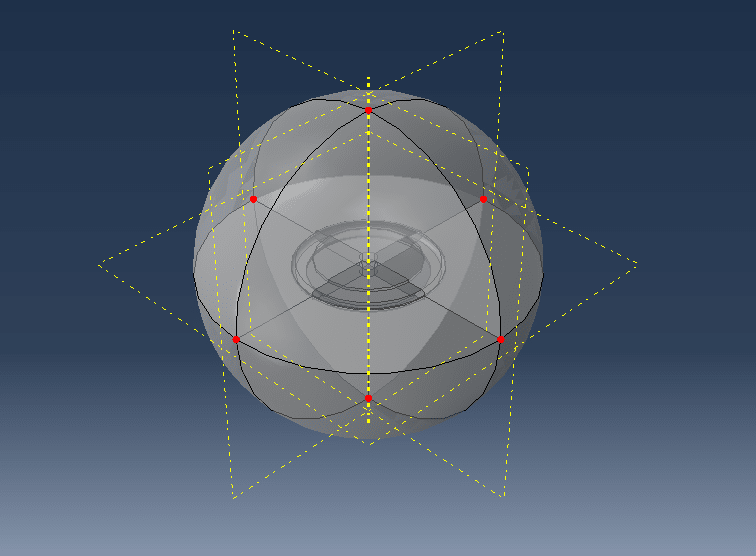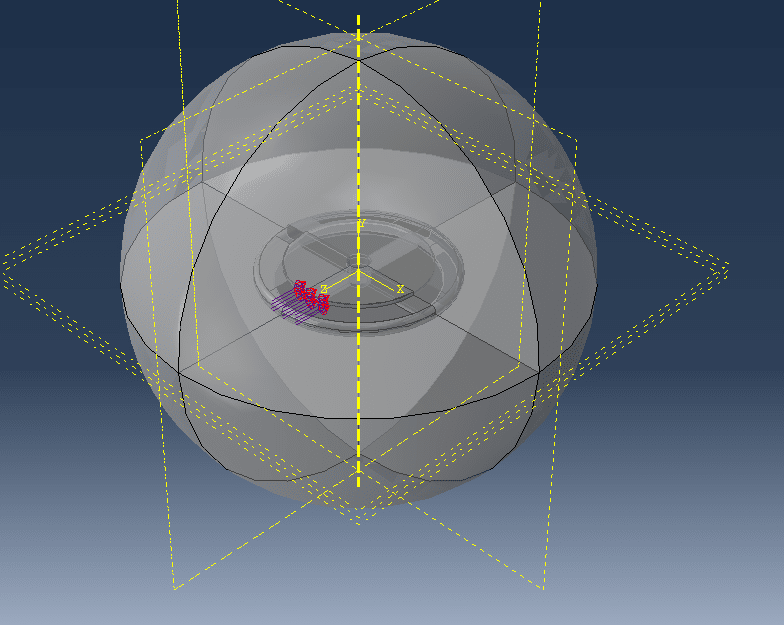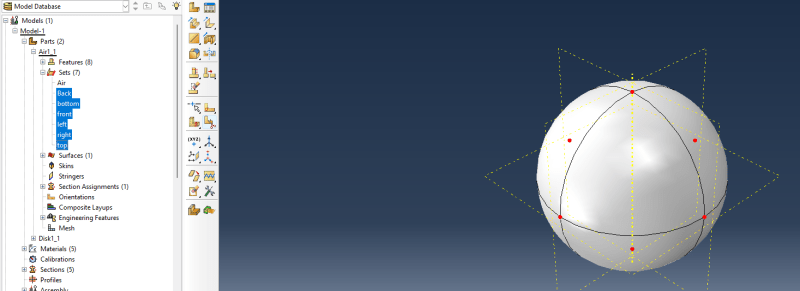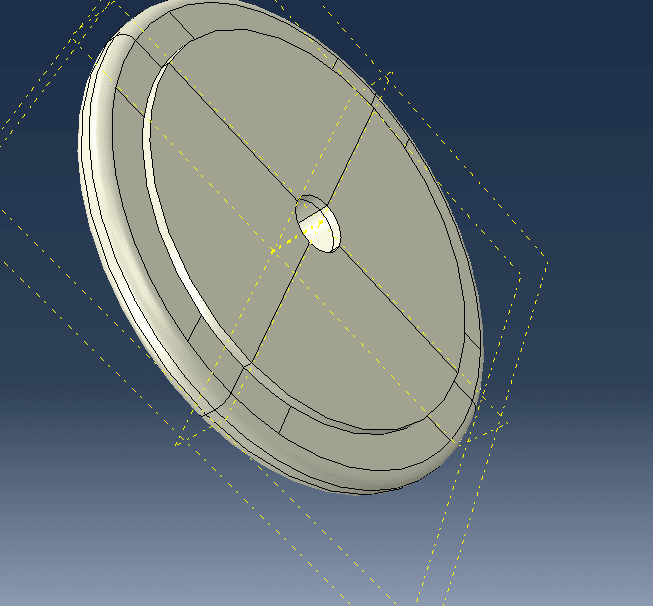S1mul4t0r101
Student
Hello.
I am doing an analysis of sound propagation from a solid disc when a periodic load is applied ro it. i got the pressure values for different ferquencies with the Steady state Modal analysis but some of the pressure peaks are negative. What do t hese negative pressures mean? Are they vacuum pressure i.e. pressure below 1atm? Or are they pressure with just opposite direction? Should I consider these pressures as my sound level values?
Here are the Graphs for reference>
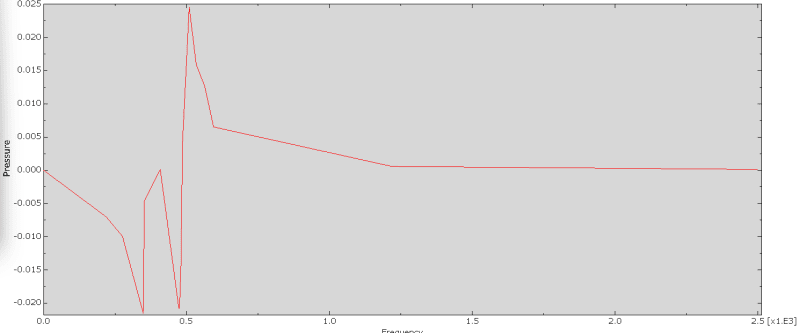

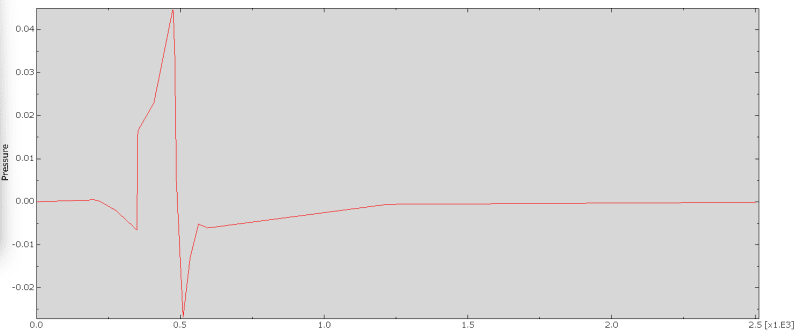
does this graph mean all the sound is damped?>>
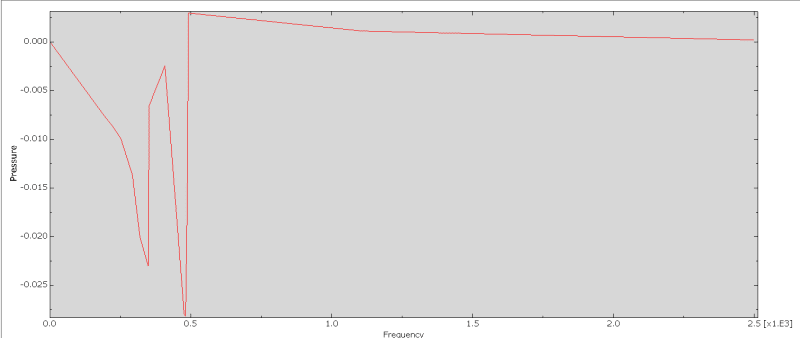
I am doing an analysis of sound propagation from a solid disc when a periodic load is applied ro it. i got the pressure values for different ferquencies with the Steady state Modal analysis but some of the pressure peaks are negative. What do t hese negative pressures mean? Are they vacuum pressure i.e. pressure below 1atm? Or are they pressure with just opposite direction? Should I consider these pressures as my sound level values?
Here are the Graphs for reference>



does this graph mean all the sound is damped?>>


